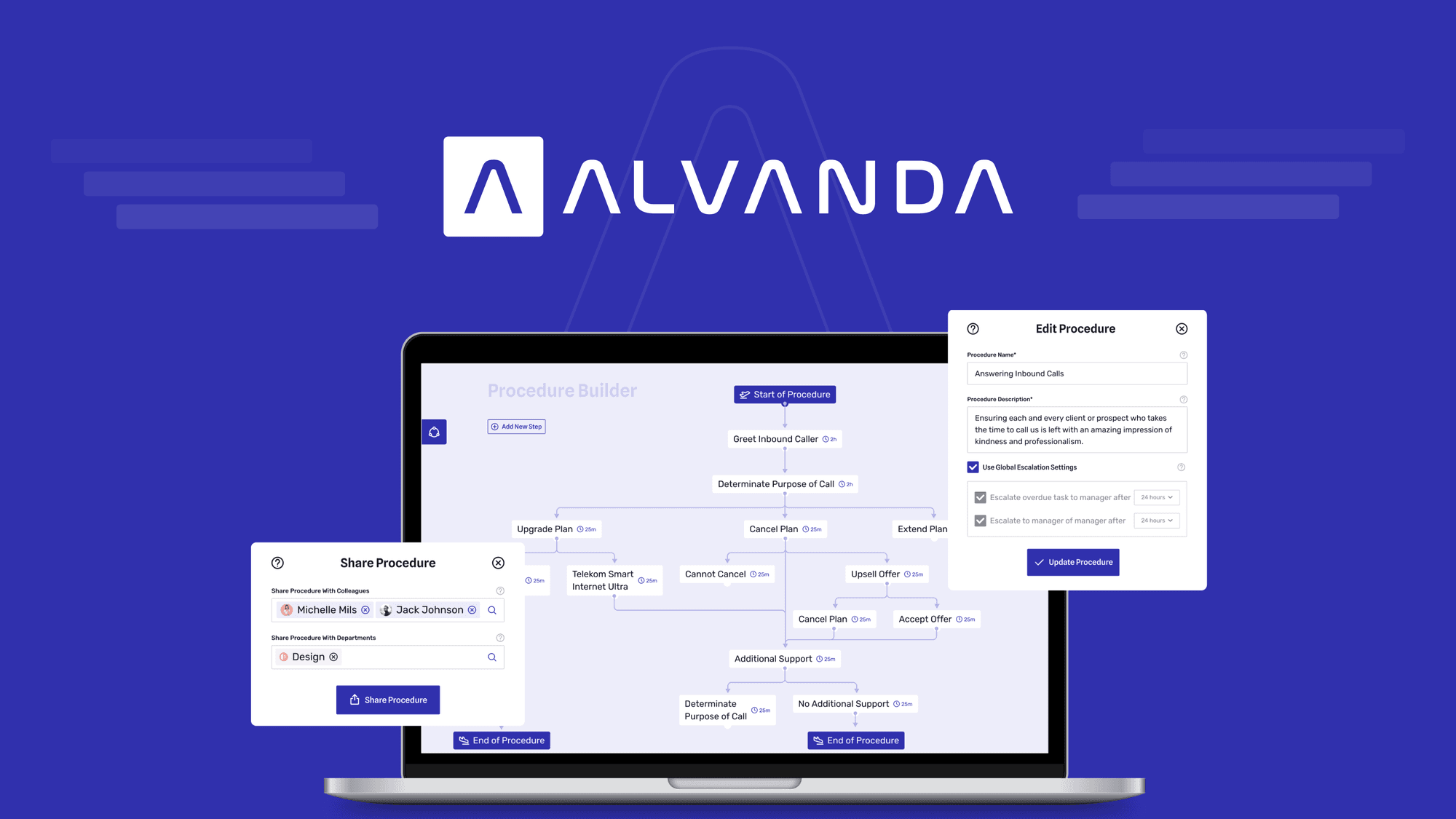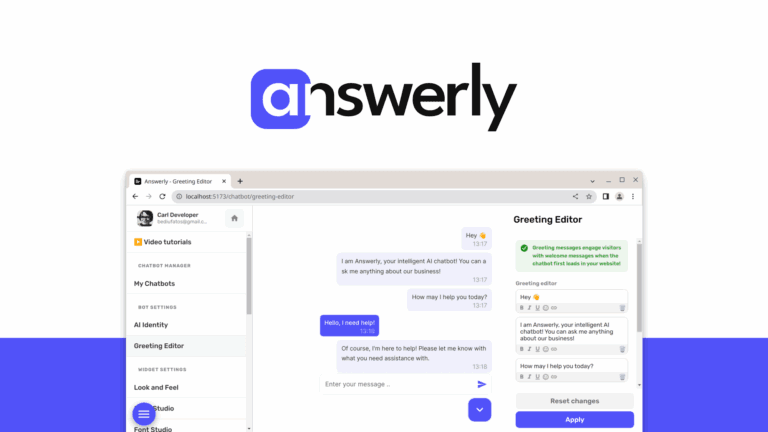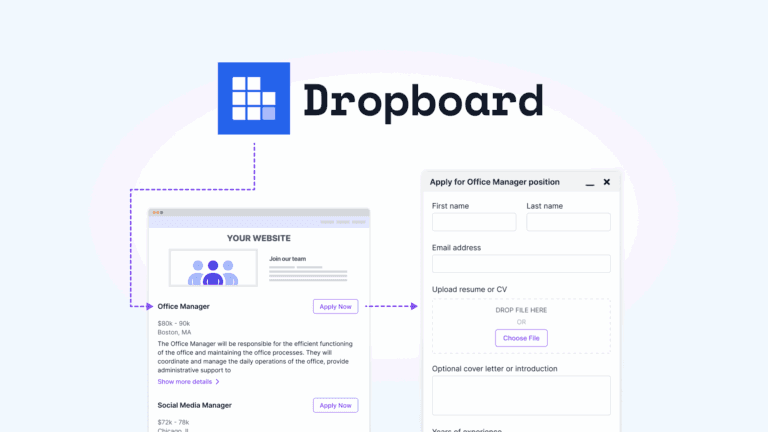The Chaos Before the Calm
The fluorescent lights flickered overhead as I stared at my computer screen, feeling the weight of another impossible deadline crushing my spirit. Our team’s workflow had become a labyrinth of confusion, with tasks falling through endless cracks and communication breaking down at every turn.
“We can’t keep working like this,” I muttered, running my hands through my hair. Sarah, my project manager, nodded wearily from across the room. Another missed deadline, another frustrated client, another night of explaining why our processes were falling apart.
The Unraveling Web of Inefficiency
For months, our team had been struggling. What used to be a well-oiled machine had devolved into a chaotic mess. Remote work had exposed every weakness in our communication and project management approach. Procedures existed only in fragmented email chains and half-remembered conversations. New team members were constantly confused, senior staff were overwhelmed, and our productivity had plummeted.
I remembered the last client meeting where we stumbled through explanations, our disorganization painfully visible. The client’s disappointed face burned in my memory. We were losing credibility with each passing week, and traditional project management tools had failed us spectacularly.
A Glimmer of Hope
I first heard about Alvanda during a late-night online workshop. A colleague mentioned a tool that could completely transform how teams visualize and execute their work. Initially skeptical, I listened as they described a platform that wasn’t just another task management app, but a comprehensive system for mapping out entire workflows.
“Sounds too good to be true,” I thought. But desperation makes you open to possibilities.
The Turning Point
During our first implementation, something magical happened. Alvanda wasn’t just a tool; it was a complete redesign of how we approached work. The procedure builder allowed us to create visual flowcharts that actually made sense. Suddenly, every team member could see exactly what needed to be done, how to do it, and who was responsible.
“This is different,” Sarah remarked, her eyes lighting up as we mapped out our first comprehensive workflow. Tasks that once took hours of back-and-forth communication were now crystal clear, with step-by-step guides attached directly to each assignment.
The change was profound. Time tracking became effortless, revealing bottlenecks we’d never noticed before. Our quarterly strategic roadmap transformed from a vague concept to a dynamic, color-coded blueprint that everyone could understand and follow.
More importantly, the team’s morale shifted. No more endless meetings explaining procedures. No more confusion about roles and responsibilities. The built-in chat function meant instant clarifications, cutting down on miscommunication and frustration.
A New Professional Reality
Three months in, we were a different organization. Clients noticed the change immediately. Our delivery times improved, our communication became transparent, and our team felt more connected than ever. What was once a source of constant stress had become our greatest strength.
The journey taught me that true productivity isn’t about working harder, but working smarter. Technology isn’t just about tools—it’s about creating systems that empower people. For any business owner feeling overwhelmed by complexity, remember: the right system can transform chaos into clarity, confusion into confidence.
Sometimes, the most revolutionary change begins with a willingness to reimagine how we work, not just what we do.






